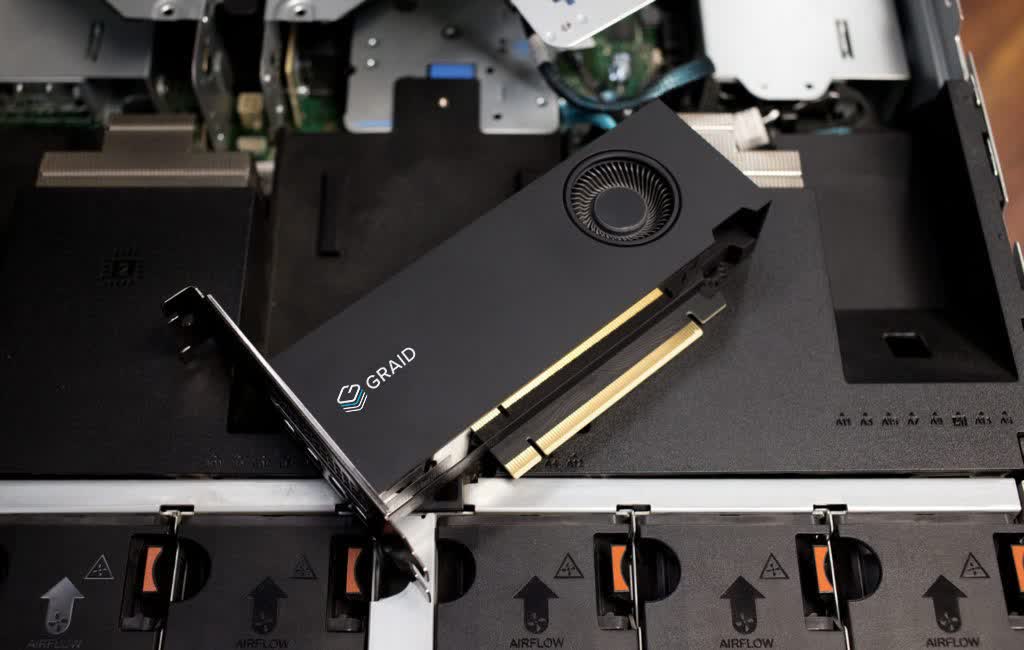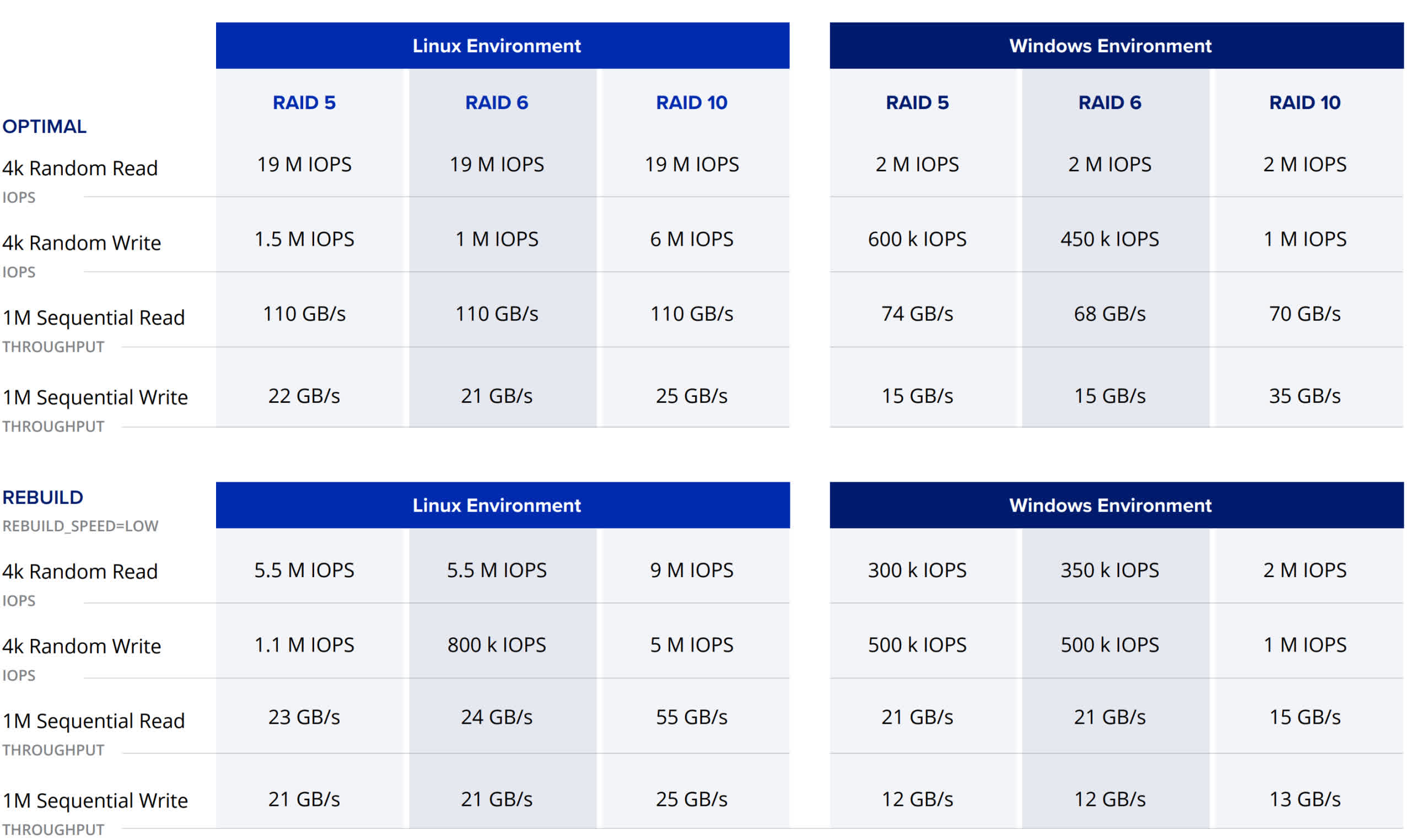Something to look forward to: While gamers have been impressed by the improvements a mainstream 2.5GB/s or 5GB/s NVMe SSD can bring to a PC or game console, RAID SSDs are on a whole different level. GRAID claims its latest model continues to push the bleeding edge in PCIe 4.0 speeds.

This week, GRAID announced the SupremeRAID SR-1010 RAID data center storage card, upgrading to PCIe 4.0 mere months after its PCIe 3.0 predecessor. Like the SR-1000 which launched last October, the new model has a blistering max sequential read speed of 110GB/s, but has doubled its max write speed from 11GB/s to 22GB/s.
Those speeds are for Linux users, however. While both SR cards are slower on Windows, the performance they do achieve on Microsoft's OS is still amazing, and the SR-1010 makes big gains there in its read speed. Where the SR-1000 topped out at 65 GB/s on Windows, its successor reaches 74GB/s. By comparison, Other World Computing's OWC Accelsior 8MW, released last November, has a max speed of 26GB/s.
The performance of GRAID's SSDs comes in large part from their unique hardware design. If the picture above looks like a GPU, that's because it is. The SR-1010 is based on Nvidia's RTX A2000 workstation graphics card. In addition to granting GRAID's SSDs more muscle, using GPU technology to power storage lets them process the I/O themselves, bypassing the CPU.
The SR-1010 supports RAID levels 0, 1, 5, 6, and 10. It's compatible with Windows Server 2019 and 2022 as well as several Linux distros. GRAID's authorized resellers and OEMs plan to start offering it on May 1.
https://www.techspot.com/news/94383-graid-announces-latest-110gbps-pcie-40-ssd.html
